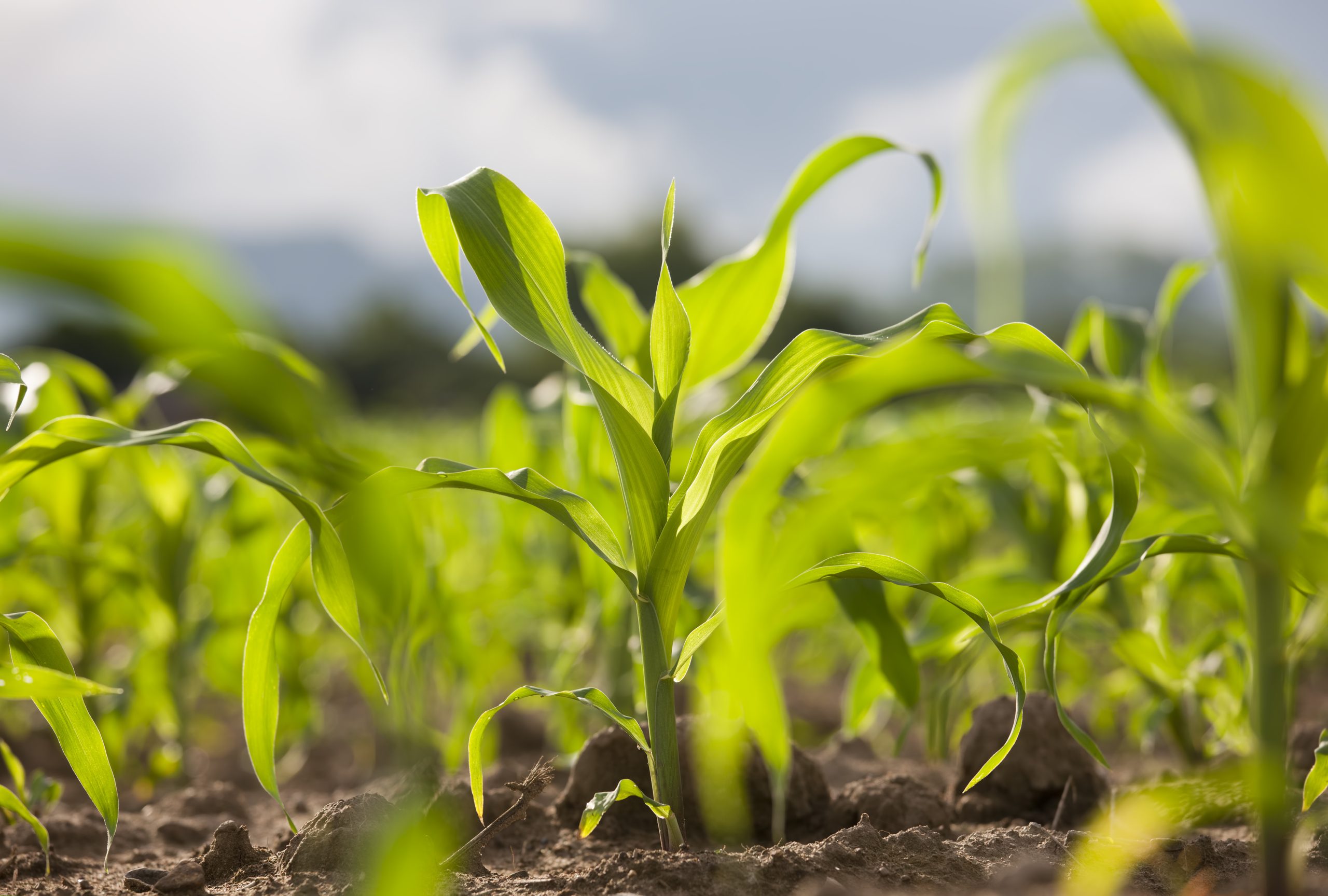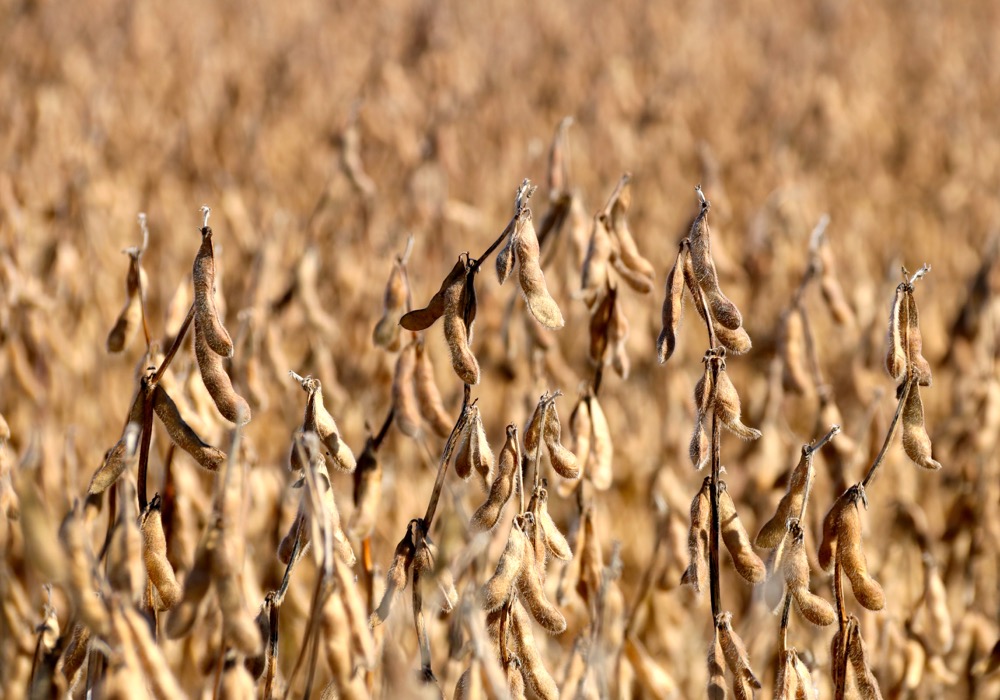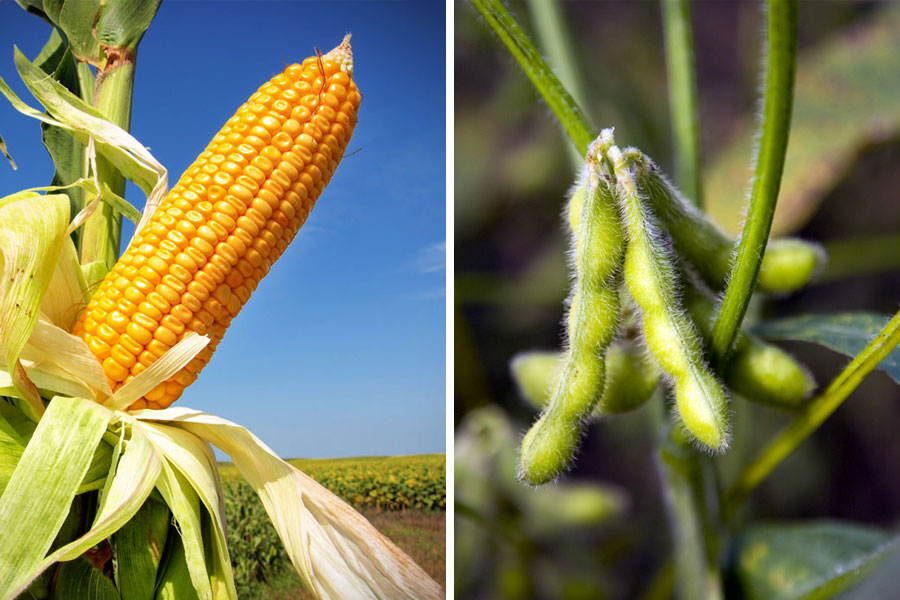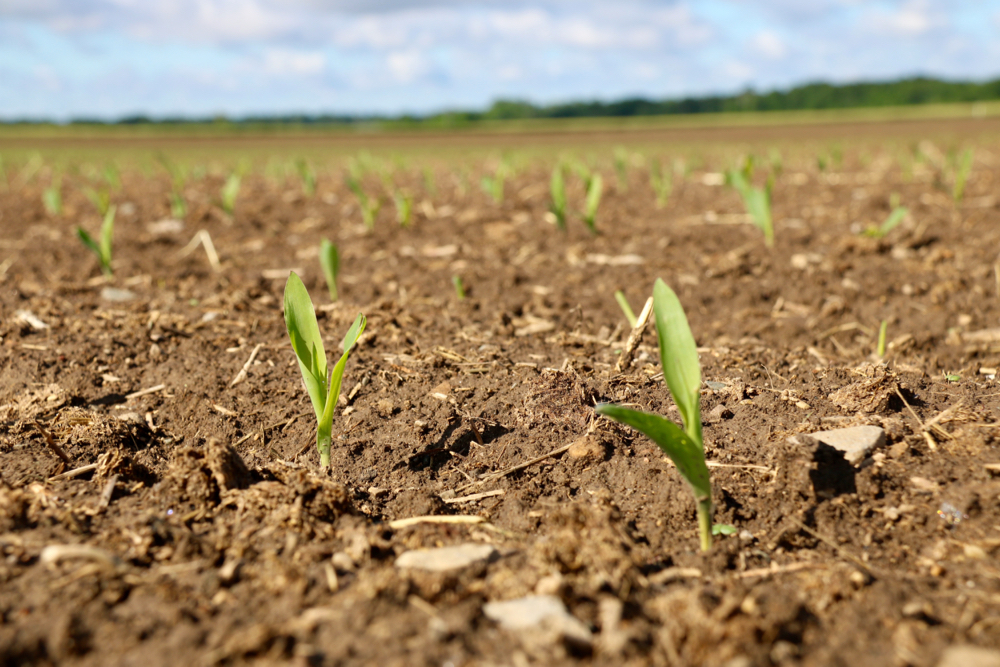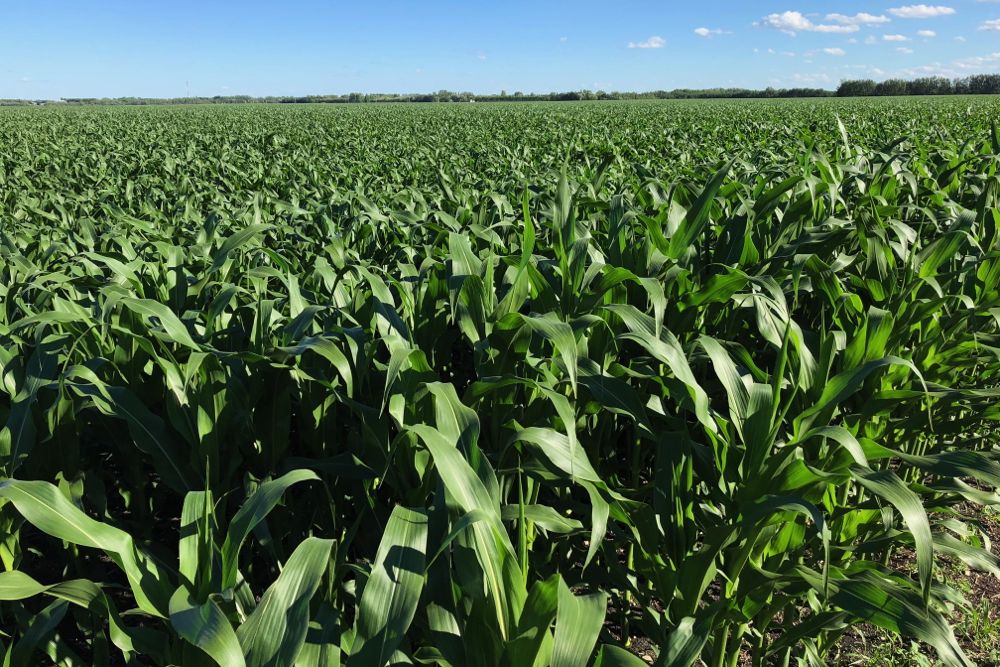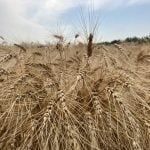Welcome to the first market commentary on corn, soybeans and wheat markets in Ontario for Farmtario.
Quick look:
- Drought in Argentina moving soymeal prices.
- Ongoing rains in Safrinha region in Brazil means delays in soybean harvest and corn planting.
- Drought in U.S. Southern Plains means trader concern over an expected corn acre decrease.
- The recent rally in soybean prices will mean an increase in farmer selling.
This week, I want to provide a broader overview because there are number of factors affecting all three major markets. First, the Canadian dollar is trading near three-month lows which is enhancing basis levels for all three commodities. Investors viewed the Federal Budget as negative for the Canadian dollar and economy.
Read Also

Ontario corn and soybean prices under pressure
Ontario corn and soybean prices are under pressure due to heavy farmer selling. There has been no progress in regard to trade talks between the U.S. and China, which has also weighed on North American corn and soybean markets.
It now looks like the U.S. federal reserve will raise interest rates three to four times this year but slower growth in Canada will cause the central bank to lag our U.S. counterparts with maybe two increases this year. Look for further weakness in the Canadian dollar over the next couple months.
Secondly, we’re seeing adverse weather influence production in four major exporting regions. Argentina has experienced one of the worst droughts in the last 10 years which has resulted in lower corn and soybean production estimates. The USDA was estimating Argentine soybean production near 54 million mt but private estimates now have the crop in the range of 40 to 45 million mt. Argentina is the world’s largest soymeal exporter and the lower production estimate has enhanced offshore movement for U.S. soymeal. Stronger soymeal values have enhanced local Ontario crush margins resulting in stronger basis for soybeans. Argentine corn production is estimated at around 31 million mt, down from the USDA estimate of 31 million mt. This has also spurred on U.S. export demand thereby supporting the Ontario corn basis. Argentina feed grain prices are percolating higher thereby enhancing export wheat prices as well.
In Brazil, ongoing rains in the Safrinha region has delayed the soybean harvest and traders are factoring in delayed seeding for second crop corn. Acreage will be smaller than earlier anticipated as the crop will be more susceptible to heat during pollination. The soybean crop in Brazil is in very good shape.
In the U.S., we’re seeing ongoing drought conditions in the U.S. Southern Plains and other isolated regions. U.S. winter wheat acres are at historical lows so the markets are more vulnerable to weather. The wheat futures are incorporating a risk premium due to the uncertainty in production. U.S. soft red winter wheat out of the Gulf of Mexico is the most competitive wheat on the world market, so we’ll see export demand improve in upcoming weeks. U.S. demand for Ontario soft red winter has been sluggish but this looks to change over the next month. While this southern drought affects mostly wheat, it also concerns corn. Nearly 10 per cent of the U.S. corn growing area is also experiencing drought-like conditions. Earlier in winter, analysts were factoring in a minor year-over-year decrease in 2018 U.S. corn acres but with the dryer conditions and growing export demand, the market does not want to see a decrease in acres.
Europe has experienced a severe “Beast From the East” snowstorm over the past week. Analysts are getting a better handle on potential damage to the winter wheat and barley crops. Poland and Germany have limited snow cover and temperatures have dipped to -20 C in some areas. The winter wheat is in dormancy but the adverse conditions has made the markets nervous. The wheat futures market is also factoring a year-over-year decline in Russian wheat production. At this time of year, traders only factor in trend type yields whereas Russia has experienced record yields five years in a row. Russian wheat production could be down about 10 million mt from year ago levels to put this into perspective.
The soybean market has experienced a major rally and there will be good farmer selling at the current levels. At the same time, the market has factored in a worse case scenario for Argentina. Conditions need to further deteriorate or the market is due for a pullback. The July November futures spread is trading at a 42 cent inverse. The market is factoring in a year-over-year increase in U.S and Canadian soybean acres.
Don’t plan on holding old crop soybeans into new crop. We’ll discuss additional strategies for wheat and corn on subsequent reports but farmers should have a good idea of the factors driving the futures market over the next month.

